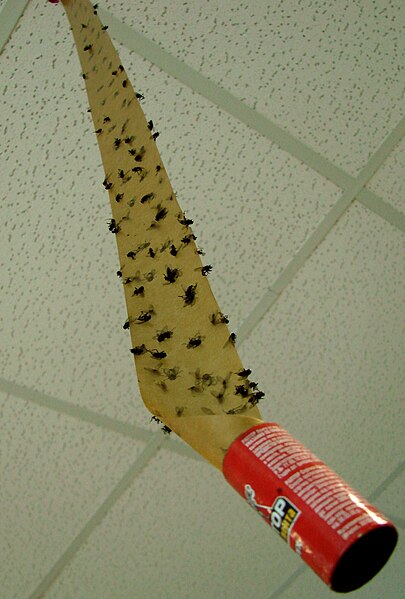 |
| Screen grab from editing this post |
December's Blogging Archaeology carnival question asks us to ponder the good, the bad, and the ugly of our blogging experiences. From my perspective the good far outweighs the bad and ugly, or I wouldn't still be doing this, but its not all roses.
If you are interested in getting involved with the Blogging Archaeology Carnival, you can check out the details on Doug's Archaeology. Here is
a link to all of the responses from the November Carnival (there are more than 60!) and at the bottom of the post in the link you'll find December's questions and details on how you can get involved.
The Good
If the internet caught fire and I could only save one thing from this blog, I guess it would be all the posts tagged with the label "
Reproductions". Originally, I was going to say posts tagged with "
Portfolio", but I tend to reserve that label for final posts in a series, the ones that show a completed piece or set of reproductions.
Portfolio posts tend to have nice photos and summaries, but for me, the real value of this blog is it's record of trial and error and the processes and techniques used to make the
Reproductions. Large orders usually take me several days or weeks to complete and as I work on them and post progress updates, I generally tag those blog posts with the label "Reproductions". I think those are Good posts because they are often the easiest to write and have interesting photographs to illustrate them, they document useful information for my future self, and perhaps, on occasion, help archaeologists or other people reading this blog see some small aspect of the archaeological record in a new or different way.
The Bad

This is a hard question to deal with, because I generally try to avoid negativity on this blog. I know that I whine about work and everyone has ups and downs in their life, but I try not to dwell on those things here. On the other hand, I have definitely discussed Bad News stories on this blog. Perhaps the most notable being the posts documenting the
cuts to Parks Canada archaeology by the Federal Government which peaked in the spring of 2012. I've really tried to restrict my rants on this topic, because Parks Canada does a lot of very good archaeology and the archaeologists left with the Agency do outstanding work. Of course, the dozens of archaeologists laid off in 2012 also did excellent work and its not their fault that Canadians somehow elected one of the most aggressively anti-science and anti-environment federal governments that any developed nation has ever had to cope with.
The Ugly
Originally, I was going to answer this literally - I've occasionally covered some ugly topics. The insides of dead animals can be pretty graphic and some of the defleshing or degreasing photos that you can find here are not too pretty to look at. The same could be said of the
wolfkiller blog post, which deals with a particularly gruesome way to die, but remains this site's all time most popular post. However, from a blogging point of view, my pick for ugliest post is one that I made showing off a
new business card design a little over a year ago. The reason that I find it so ugly is that it has a trail of business card spam hanging off the end of it that continues to fester and drip longer. At first I deleted the spam comments from that post, as I still do from all other posts, but now I just leave them there. My hope is that the dangling trail of unsolicited sales pitches will attract spammers from posting elsewhere, like hanging one of those ugly amber sticky strips of flypaper up to catch flies.
Photo Credits:
1,2: Tim Rast
3: Screen Capture from Parks Canada's Archaeology
webpage4: Wikipedia.
http://en.wikipedia.org/wiki/Flypaper











 This is a hard question to deal with, because I generally try to avoid negativity on this blog. I know that I whine about work and everyone has ups and downs in their life, but I try not to dwell on those things here. On the other hand, I have definitely discussed Bad News stories on this blog. Perhaps the most notable being the posts documenting the cuts to Parks Canada archaeology by the Federal Government which peaked in the spring of 2012. I've really tried to restrict my rants on this topic, because Parks Canada does a lot of very good archaeology and the archaeologists left with the Agency do outstanding work. Of course, the dozens of archaeologists laid off in 2012 also did excellent work and its not their fault that Canadians somehow elected one of the most aggressively anti-science and anti-environment federal governments that any developed nation has ever had to cope with.
This is a hard question to deal with, because I generally try to avoid negativity on this blog. I know that I whine about work and everyone has ups and downs in their life, but I try not to dwell on those things here. On the other hand, I have definitely discussed Bad News stories on this blog. Perhaps the most notable being the posts documenting the cuts to Parks Canada archaeology by the Federal Government which peaked in the spring of 2012. I've really tried to restrict my rants on this topic, because Parks Canada does a lot of very good archaeology and the archaeologists left with the Agency do outstanding work. Of course, the dozens of archaeologists laid off in 2012 also did excellent work and its not their fault that Canadians somehow elected one of the most aggressively anti-science and anti-environment federal governments that any developed nation has ever had to cope with.





































